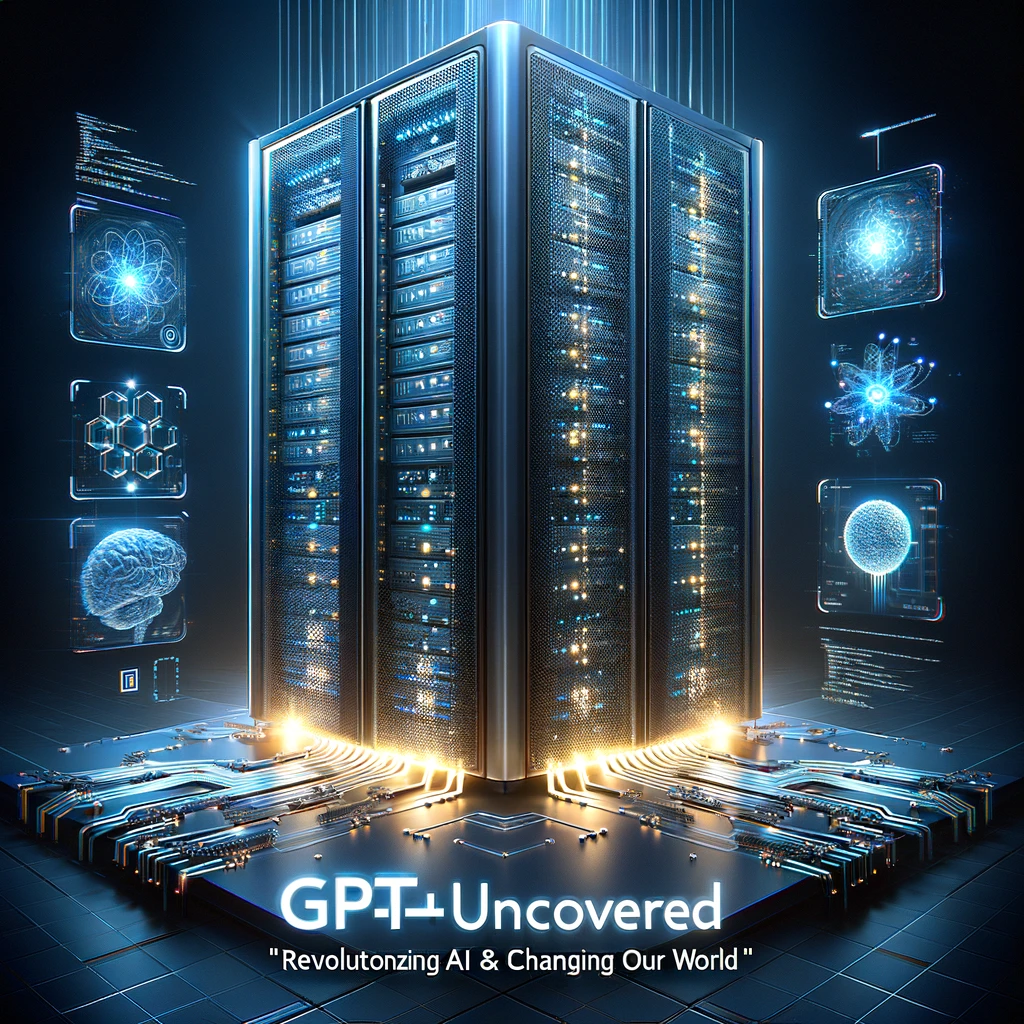 The GPT-4, a groundbreaking Artificial Intelligence (AI) model developed by OpenAI, has been capturing the attention of the tech world with its impressive capabilities. As the successor to GPT-3, the GPT-4 has made significant advancements in natural language processing (NLP) and understanding, enabling a wide range of applications. In this article, we delve into the key capabilities of GPT-4, exploring its improvements over previous iterations and the potential implications for various industries.
The GPT-4, a groundbreaking Artificial Intelligence (AI) model developed by OpenAI, has been capturing the attention of the tech world with its impressive capabilities. As the successor to GPT-3, the GPT-4 has made significant advancements in natural language processing (NLP) and understanding, enabling a wide range of applications. In this article, we delve into the key capabilities of GPT-4, exploring its improvements over previous iterations and the potential implications for various industries.
Table of Contents:
I. The GPT Evolution: From GPT-1 to GPT-4
II. Technical Enhancements in GPT-4
III. Key Capabilities of GPT-4
A. Language Translation
B. Creative Writing
C. Code Generation
D. Conversational AI
IV. GPT-4 in Real-World Applications
A. Healthcare
B. Education
C. Business
D. Entertainment
V. Addressing Ethical Concerns and Limitations
VI. Conclusion
I. The GPT Evolution: From GPT-1 to GPT-4
 The journey of the GPT models began with the release of GPT-1 in 2018. With each subsequent version, OpenAI introduced significant improvements, leading to the current state-of-the-art GPT-4 model. The primary difference between the models lies in their size, with GPT-4 being the largest, boasting trillions of parameters, compared to GPT-3’s 175 billion.
The journey of the GPT models began with the release of GPT-1 in 2018. With each subsequent version, OpenAI introduced significant improvements, leading to the current state-of-the-art GPT-4 model. The primary difference between the models lies in their size, with GPT-4 being the largest, boasting trillions of parameters, compared to GPT-3’s 175 billion.
These massive models have been trained on vast amounts of text data from diverse sources, which has contributed to their impressive language understanding and generation capabilities. GPT-4’s advancements in AI and NLP technology have resulted in applications spanning from customer service to creative industries, transforming the way we interact with machines.
II. Technical Enhancements in GPT-4
GPT-4 exhibits several technical enhancements over its predecessors. The primary advancements include:
- Increased model size: GPT-4’s trillions of parameters allow it to store and process more information, leading to better performance in various tasks.
- Enhanced training data: GPT-4 is trained on a more extensive and diverse dataset, contributing to its improved understanding of context and language nuances.
- Optimized architecture: GPT-4 features a refined transformer architecture, which enhances its ability to process and generate natural language.
- Improved fine-tuning capabilities: GPT-4 offers more effective fine-tuning options, allowing developers to customize the model for specific tasks and industries.
III. Key Capabilities of GPT-4
A. Language Translation
GPT-4’s advanced language understanding capabilities enable it to perform near-human translations across multiple languages. This feature has significant implications for global communication, breaking down language barriers and fostering collaboration across borders.
B. Creative Writing
From generating poetry and prose to assisting in content creation, GPT-4 excels in producing creative written works. Its ability to understand context and generate coherent, engaging text makes it a valuable tool for writers and content creators in various industries.
C. Code Generation
GPT-4’s code generation abilities have garnered attention from the software development community. The model can generate functional code snippets in multiple programming languages, significantly streamlining the development process and reducing the time required to write code.
D. Conversational AI
With its advanced understanding of natural language, GPT-4 can engage in complex, context-aware conversations, making it an ideal tool for customer support, virtual assistants, and chatbots. The model’s conversational capabilities have the potential to revolutionize human-computer interaction.
IV. GPT-4 in Real-World Applications
A. Healthcare
GPT-4 can assist healthcare professionals in various ways, including generating patient summaries, providing medical information, and helping with diagnoses. Its natural language understanding capabilities make it an effective tool for interpreting medical literature and staying up-to-date with the latest research.
B. Education
Educational institutions can leverage GPT-4 for personalized learning experiences, creating study materials, and offering tutoring services. The model can generate customized content for students based on their learning needs, making education more accessible and efficient.
C. Business
GPT-4 offers numerous applications in the business world, including automating customer support, generating personalized marketing content, and aiding in data analysis. Its language generation capabilities can help businesses streamline their operations and enhance customer experiences.
D. Entertainment
The entertainment industry can benefit from GPT-4’s creative writing capabilities to generate scripts, storylines, and even complete novels. The model’s ability to produce unique, engaging content makes it a powerful tool for creative professionals in the industry.
V. Addressing Ethical Concerns and Limitations
Despite its impressive capabilities, GPT-4 raises several ethical concerns and limitations. Some of the most pressing issues include:
Bias: GPT-4, like its predecessors, is susceptible to biases present in the training data, which can lead to unintended consequences when generating content or making decisions.
Misinformation: GPT-4’s powerful language generation abilities can be misused to create convincing fake news, deepfakes, or other forms of misinformation.
Job displacement: The widespread adoption of GPT-4 could lead to job displacement in industries that rely heavily on language-based tasks, such as content creation or customer support.
OpenAI is actively working to address these concerns and develop safeguards to mitigate potential risks associated with the deployment of GPT-4.
Conclusion
GPT-4 represents a significant leap in AI and NLP capabilities, with wide-ranging implications across various industries. Its advanced language understanding and generation features make it a powerful tool for tasks like translation, creative writing, code generation, and conversational AI. As the technology continues to evolve, it is crucial to consider the ethical concerns and limitations associated with its use, ensuring that the benefits of GPT-4 are harnessed responsibly and equitably.


![Commission Hero AI Review 2024 (Exclusive Bonus) & Real Members Area [DEMO] – What’s Inside?](https://www.reviewengin.com/wp-content/uploads/Commission-Hero-AI-555x416.jpg)


